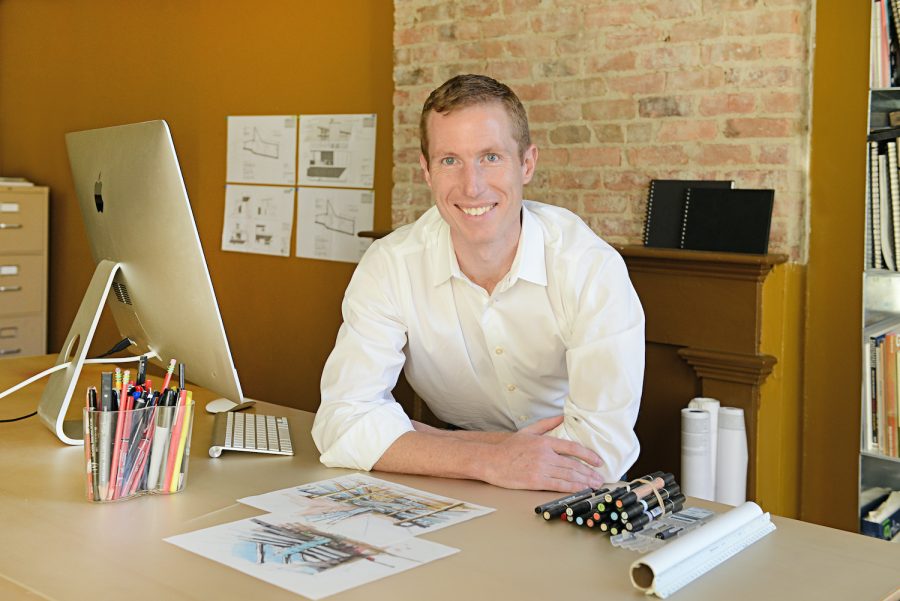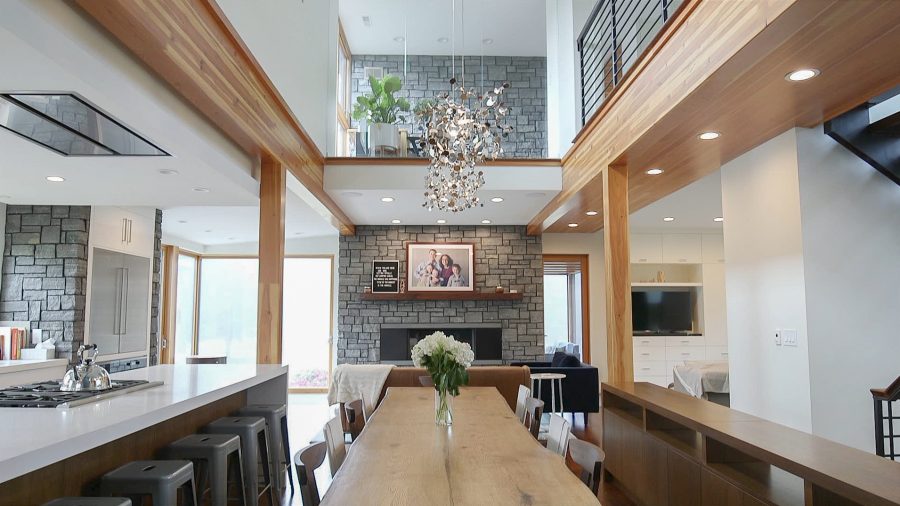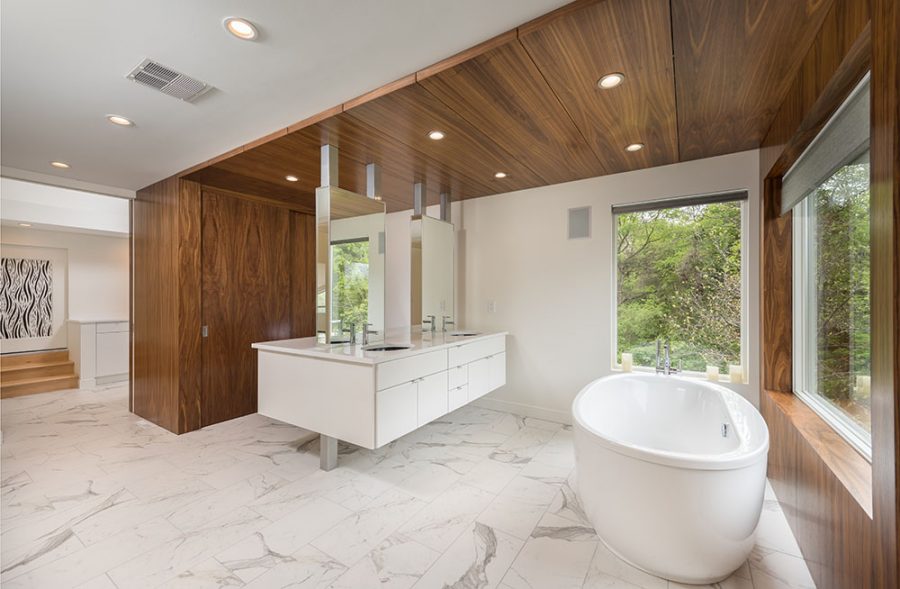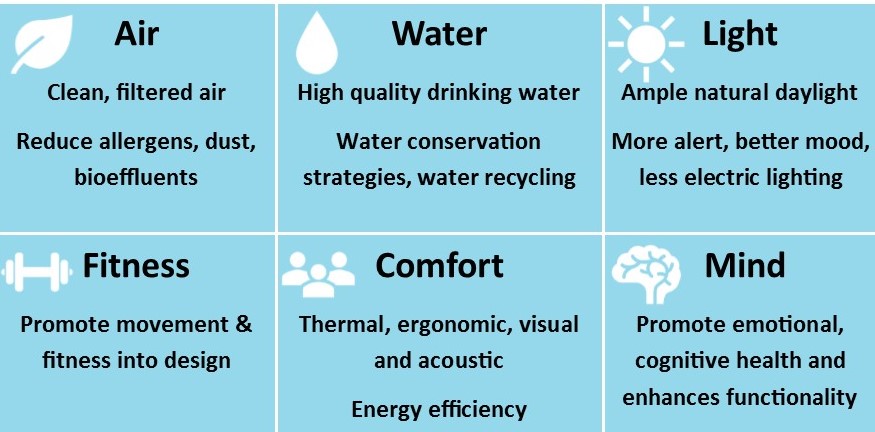What Do You Actually Get with Passive House?
Presented by LEAP Architecture | Spring 2021 | High-Performance House
After years of popularity in Europe, the rigorous standards for energy efficiency in buildings known as Passive House are finally capturing the attention of home and business owners in the US. Thanks to its dual rewards of a lower carbon footprint and increased long-term health benefits for residents, it’s easy to see why.
However, according to Eric Davenport, founder and principle architect of New York City-based LEAP Architecture, undertaking a Passive House project is a big decision for any client and it’s important to understand what exactly you’re getting before you start.

Eric Davenport, LEAP Founder and Principal architect, is Passive House Certified and a Certified Aging in Place Specialist. His drive to treat people with integrity, promote conservation, and design healthy spaces is reflected in LEAP’s core values. Eric lives with his family in New York City and is an avid hiker, cross-fitter, and meditation practitioner.
As a Certified Passive House Consultant with multiple Passive House projects currently underway in the Hudson Valley and Adirondacks, Davenport works closely with residential and commercial clients to understand and balance Passive House’s upfront costs and long-term rewards in a way that works best for them. “Whether Passive House makes sense for you really depends on who you are,” he says.
Benefits for Single-Family Homeowners
According to Davenport, a family settling down in their forever-home is often best suited to undertake design and construction of a single-family Passive House. That’s because depending on the size of your home, it could take anywhere from six to twelve years to see a return on investment on those higher upfront building costs in the form of savings on energy costs.

Modern Farmhouse in upstate NY balances daylighting—without a high percentage of glass—by placing windows next to surfaces which bounce daylight deep into the space.
Ultimately, families are making an investment in the long-term health of their family and the environment. A few immediate benefits they can count on, though, are better indoor air quality and the added security of knowing the temperature won’t ever drop to unsafe levels if the power goes out. For a family with older adults interested in health and wellness, Passive House offers thermally comfortable, acoustically protected, healthy air with lots of daylight without energy bills at the end of the year, making it easier than ever to age in place.
Homeowners with the most successful Passive House projects, he says, are those who remain committed to those long-term goals. Otherwise, it can be tempting to push benefits like air quality to the side in favor of more square footage when the budget gets crunched, he says. With two of Davenport’s current projects—an Airbnb in the Catskills and a private residence in the Adirondacks—the owners’ dedication to achieving Passive House principles and flexibility with their budgets has allowed each building to retain impactful environmental and health benefits.
Benefits for Developers of Multi-Family Residences
Conversely, Davenport says, the equation should often be a no-brainer for developers considering building multi-family residences to Passive House standards. According to him, the larger scale of multi-family buildings offers a return on investment in just a few years. Adopting Passive House at the multi-family scale also helps get builders in line with or ahead of tightening environmental building regulations.

This environmentally minded master suite addition brings the outside in, with warm wood accents throughout this luxurious bathroom overlooking the Hudson River.
Developers will also find that the increased comforts that Passive House provides, like decreased sound pollution and consistent temperatures, encourage residents to stay in their units longer than they would a traditional building. High-performance systems like heat recovery ventilators that bring fresh air into the building also require less maintenance over time, providing additional savings each year.
To learn more about LEAP Architecture’s process for creating Passive House buildings, visit Leaparchitecture.com.

Passive House Benefits: More families and businesses are recognizing the value of designing healthy spaces to create happier homes and more productive businesses.
